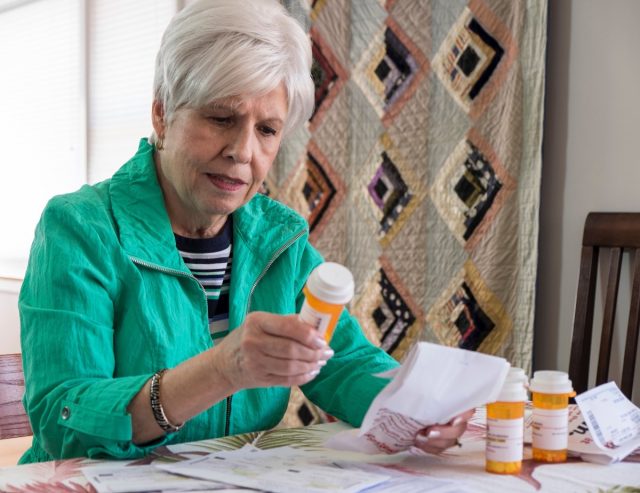Polypharmacy increased, peaking at 43.0 percent in 2017 to March 2020; hyperpolypharmacy increased during 1999-2000 to 2007-2008
By Elana Gotkine HealthDay Reporter
TUESDAY, July 9, 2024 (HealthDay News) — From 1999 to the mid-2000s, the proportion of U.S. adults aged 65 years or older who used prescription medications increased, according to a research letter published online July 1 in JAMA Internal Medicine.
Gabriel K. Innes, V.M.D., Ph.D., from the U.S. Food and Drug Administration in Silver Spring, Maryland, and colleagues analyzed data from the National Health and Nutrition Examination Surveys to examine trends in prescription medication use and the top 10 most-used medication classes among adults aged 65 years or older during January 1999 to March 2020. Medication information was available for 14,917 participants aged 65 years and older.
The researchers found that any medication use increased from 83.9 to 90.0 percent during 1999 to 2000 through 2005 to 2006. There was an increase in the mean number of medications used per person, from 3.0 in 1999 to 2000 to 3.9 in 2004 to 2005 and to 4.3 in 2017 to March 2020. From 1999-2000 to 2003-2004, polypharmacy increased from 23.6 to 35.9 percent, peaking at 43.0 percent in 2017 to March 2020. Hyperpolypharmcy increased from 1.8 to 6.1 percent during 1999 to 2000 through 2007 to 2008. Potentially inappropriate medication (PIM) use decreased from 48.8 to 44.6 percent during the study period. Five of the top 10 most-used level 1 medication classes increased over time: cardiovascular, coagulation, gastrointestinal, metabolic, and psychotherapeutic agents.
“Understanding medication patterns can inform prescribing practices to reduce adverse drug events risk and unnecessary polypharmacy, hyperpolypharmacy, and PIMs,” the authors write.
Copyright © 2024 HealthDay. All rights reserved.



















